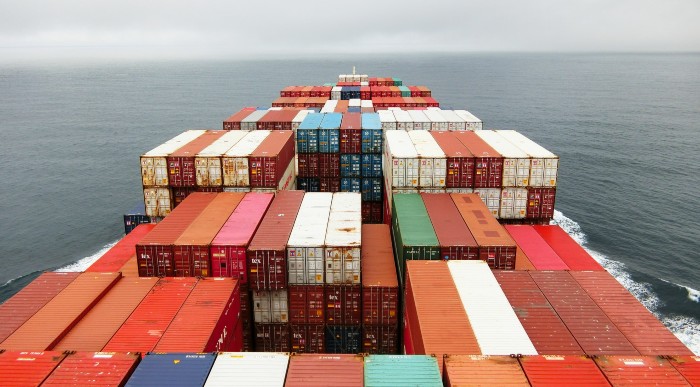As you might have guessed, over 90% of international shipping around the world is through ocean container shipping, which utilizes over 40 million containers daily. However, container shortages have been a problem since November 2020. As a result, sky high container shipping costs have been produced. Costs have at least doubled, and sometimes have even increased as high as 10X the norm depending on your route and timing. For a 20 foot container going from China to the US, it normally costs about $1600; now it can be as high as $3600 each. For a 40 foot container, it can cost anywhere from $5,600 to $9,500, or even higher depending on the shipping line.
Problems
Analytical data shows that there are two major reasons for the rise in shipping container costs. One is that there is a container circulation problem around the world. The other is the major increase in demand.
The container circulation problem has mostly been caused by the pandemic. Since the pandemic began, a majority of ports experienced major labor shortages, which created a capacity bottle neck in most of these around the world. Delays of 10 to 18 days to unload a ship at Long Beach, California, or Auckland, New Zealand, for example, have occurred. Statistically, this could lead up to an initial 18 days of container shortage from those delayed ships. Furthermore, the inland logistics from ports to destinations could also produce a 12 to 18 day delay for similar reasons. Then, dragging back those containers from the destinations to the ports could result in another 12 to 18 day delay. At the port again, there could then be a 12 day delay on loading those containers back onto a ship. Overall, this adds up to about 2 months or longer of delay in circulation. As a result, these delays will lead to an immediate shortage of containers around the world. Most western countries’ ports have been piled up with tens of thousands of containers that need to be shipped back to Asian countries.
The other reason for the shortage is that the worldwide demand for containers has increased by over 23% compared to a similar period in 2019 before the pandemic. That extra demand alone created a need for an extra 10 million new containers, presuming all of the old ones have had no circulation problems. With both scenarios compounded together, the situation is temporarily feeling like a container shortage of close to 40%. This has led to a bidding war for those containers that are available.
Solution
What is the solution? In the long run, this problem will certainly dwindle as the pandemic eases up and improves, and bottle necks at ports open up. In the short run, unfortunately, it will most likely last through the end of 2021 as we run into holiday shipping, which always results in another increase in demand.
It was reported that China Container Corp is working at full speed to make 400,000 new containers per year. A Fujian container factory is also making one container every three minutes. But, these extra efforts are still only making up for a small fraction of the container supply shortage. China-Europe train lines have also increased their capacities by about 67%. Although train lines typically cost $1,000 more per container than ocean freight, they are twice as fast. With the current delays in ocean freight, the train line may temporarily be a better choice for many.

